Affiliate links on Android Authority may earn us a commission. Learn more.
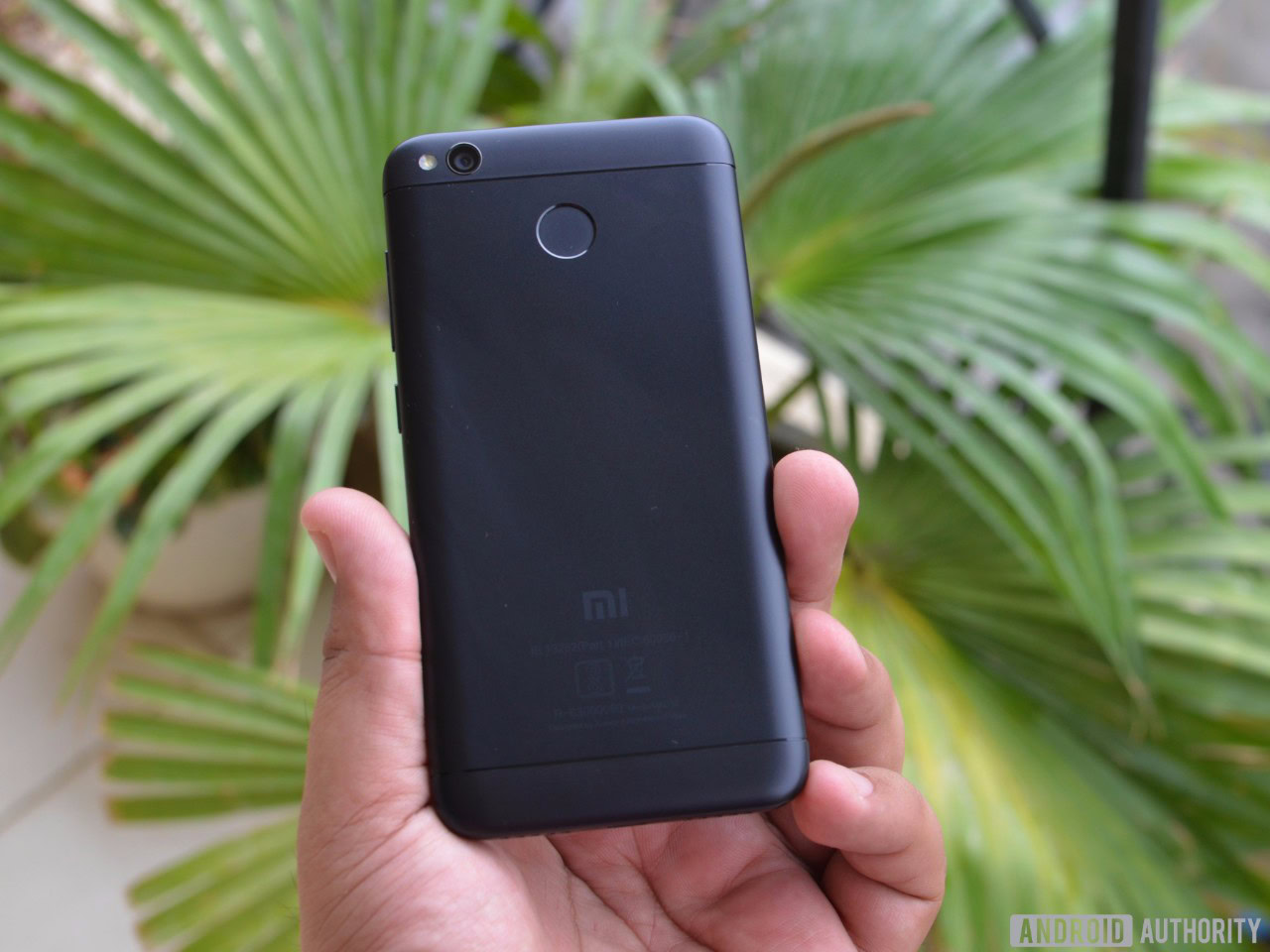
Xiaomi Redmi 4 review
Published onJuly 4, 2017
Xiaomi Redmi 4
What we like
What we don't like
Our scores
Xiaomi Redmi 4
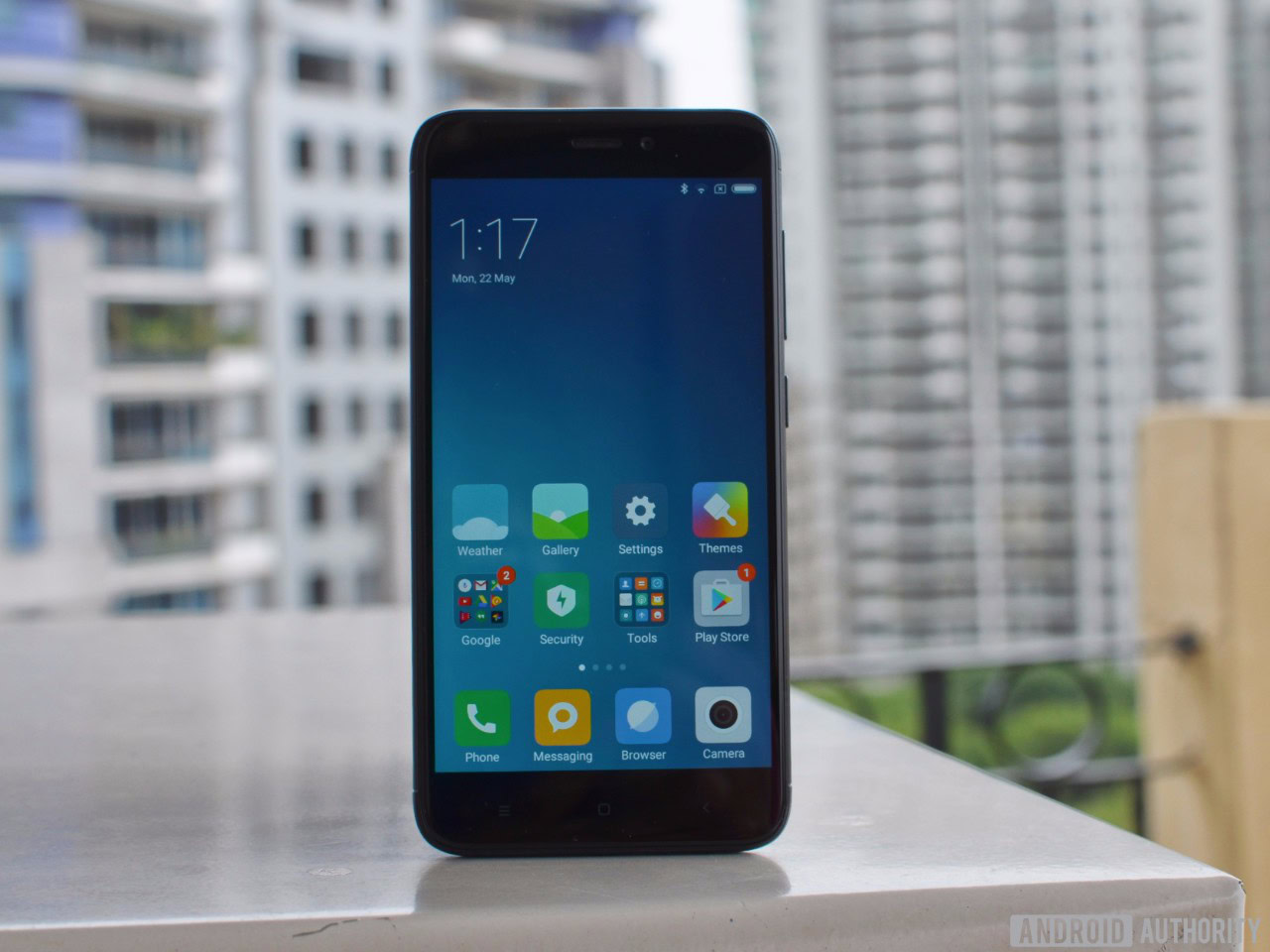
Three years after it set foot in the Indian market, the Xiaomi juggernaut is unstoppable, and with each budget smartphone, the company sets new benchmarks in terms of value for money offering as well as sales figures.
After the huge success of Redmi Note 4 and Redmi 4A, the company has recently launched the successor of Redmi 3S that was launched last year – Redmi 4. Apart from being an iterative upgrade, the Redmi 4 packs in a fingerprint sensor this time around and comes in three memory variants.
The Redmi 4 looks like a capable phone on the specifications sheet in the budget smartphone market where some compromises are certain. Can Redmi 4 rise above those to offer a great value-for-money smartphone and hit new sales records? Let’s find out in this comprehensive review.
Design
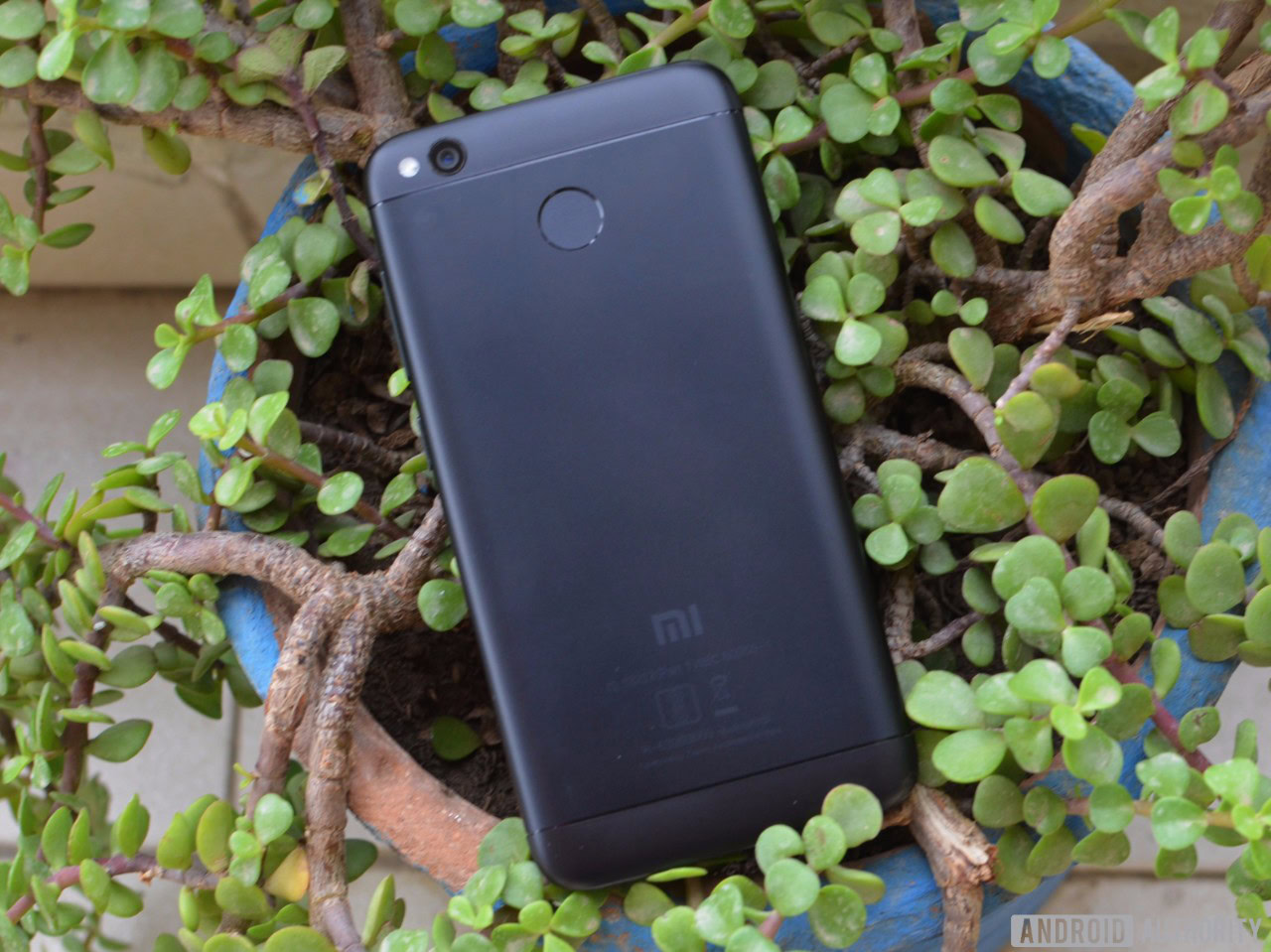
The build quality is excellent and it feels solid, and the matte black variant looks great and gives a very premium feel.
However, the three capacitive buttons behind the display are not backlit. It is disorienting at first, but you impulsively know where your thumb needs to go after a few days of usage.
The Redmi 4 might be a budget phone but there’s no compromise on the aesthetics. In fact, with this outing – like before – the company sets the standards for what affordable smartphones should look and feel like in 2017.
Display
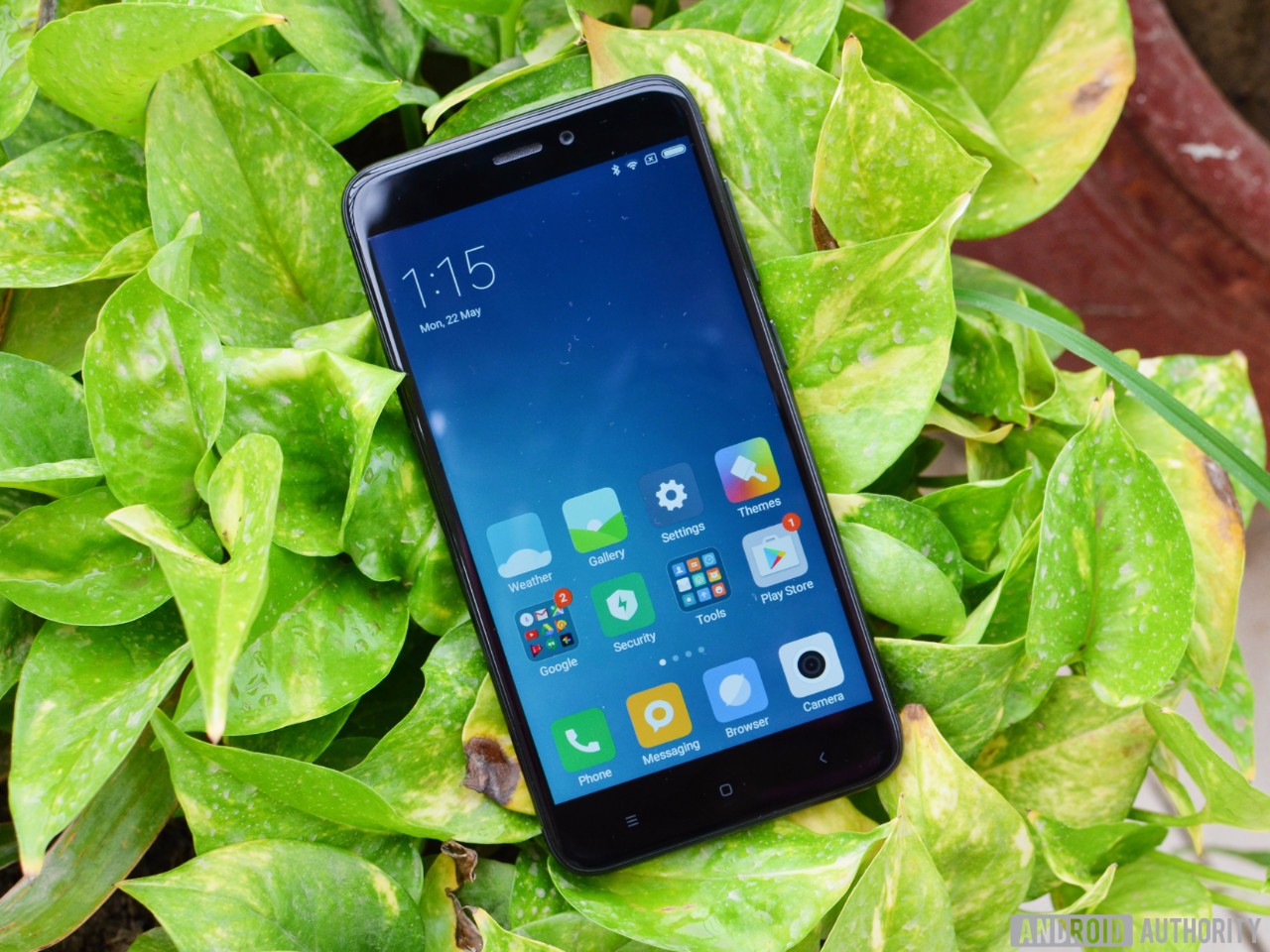
The Redmi 4 sports a 5-inch HD display with a 1280 x 720 resolution. There’s a 2.5D curved glass, similar to the Redmi Note 4. It’s toughened glass, although there’s no Gorilla Glass protection.
While the specifications sheet watchers would’ve liked a Full HD display, I think it would’ve been an overkill on a 5-inch budget smartphone and obviously hurt the battery life.
The HD display nevertheless looks fantastic in terms of color reproduction and viewing angles. The images and text looks sharp, and it is clearly one of the best displays on smartphones in this price segment. Maintaining a perfect balance, it is a crisp and vivid display without the colors looking oversaturated.
Performance
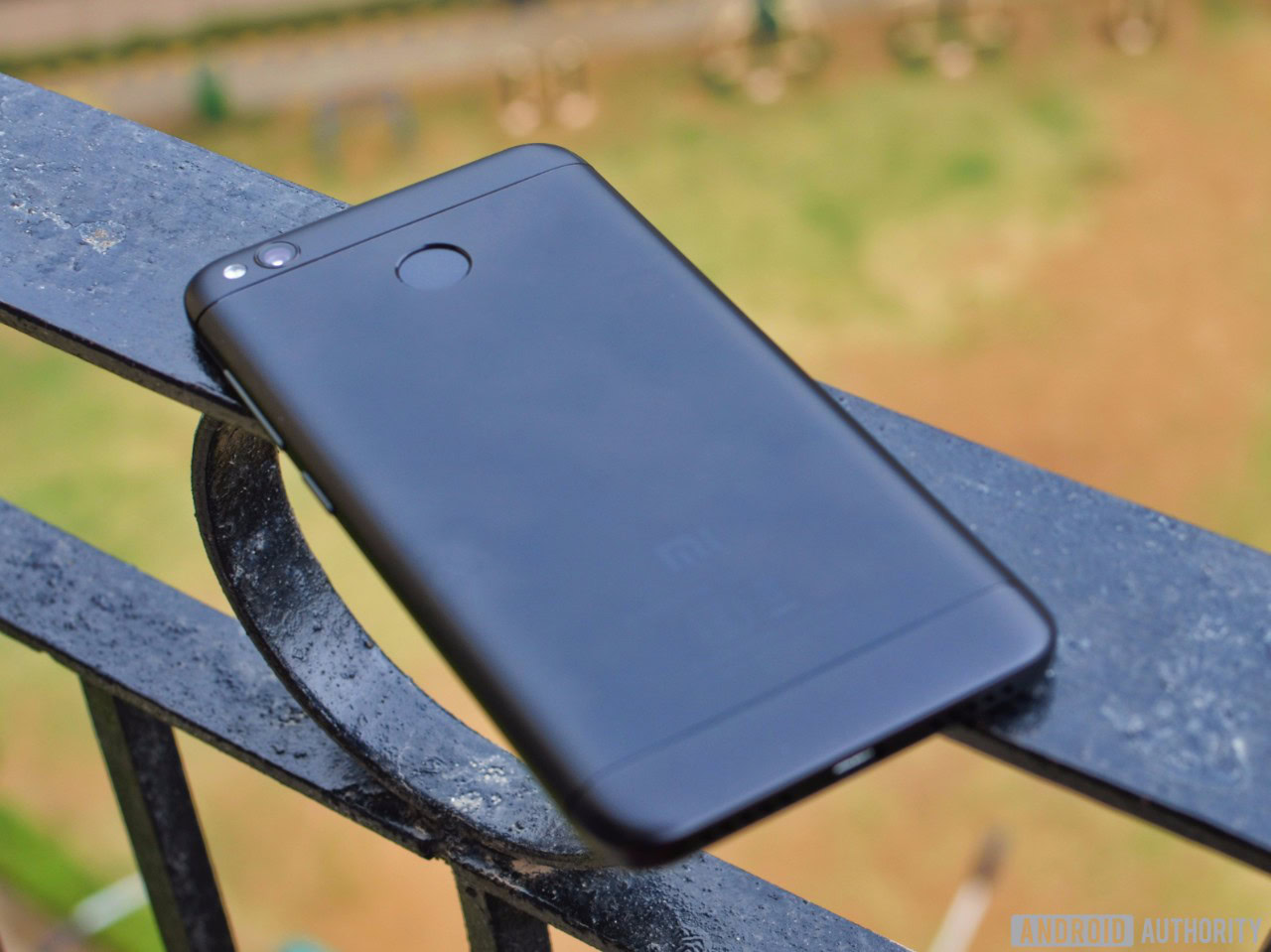
Powered by the Qualcomm Snapdragon 435 octa-core processor clocked at 1.4GHz coupled with Adreno 505 GPU, the Redmi 4 comes in three memory variants – there’s one with 2 GB RAM and 16 GB internal storage, another one with 3 GB of RAM along with 32 GB of storage, and the top variant with 4 GB of RAM and 64 GB of internal storage.
The mid variant that I used for this review had just over 25 GB free memory out-of-the box.
The Snapdragon 435 is a pretty snappy chip, and the Redmi 4 chugs along nicely in daily usage. In my three weeks of usage, I haven’t really encountered any sluggishness or lags. You can also play most of the graphic-intensive games, albeit with a few frame skips here and there or graphic settings turned down. One of the impressive things is that even while gaming, the phone did not get hot.
The 4,100 mAh battery on the Redmi 4 saves you from the constant battery anxiety. A day and a half on a single charge is easily manageable for most casual users which is impressive really. Even on moderate to higher usage, the phone managed to offer more than a day of battery life.
Hardware

Just like the Redmi Note 4, the Redmi 4 packs in an IR blaster that you can configure to use your phone as a remote control for several electronic appliances at your home. The fingerprint scanner located at the back is quite good, and apart from authentication, can also be used to take photos, especially those selfies.
The dual SIM smartphone features a hybrid slot, so essentially, you can either use two SIM cards or one SIM card and one microSD card. If you need to use two SIMs and are a content hog, maybe you’d like to opt for the top variant that offers 64 GB internal storage.
While the battery life on the Redmi 4 is stellar, it is disappointing that there is no fast charging support on the device. The issue is magnified in phones which pack in larger batteries because it takes even longer to charge the phone completely.
Camera
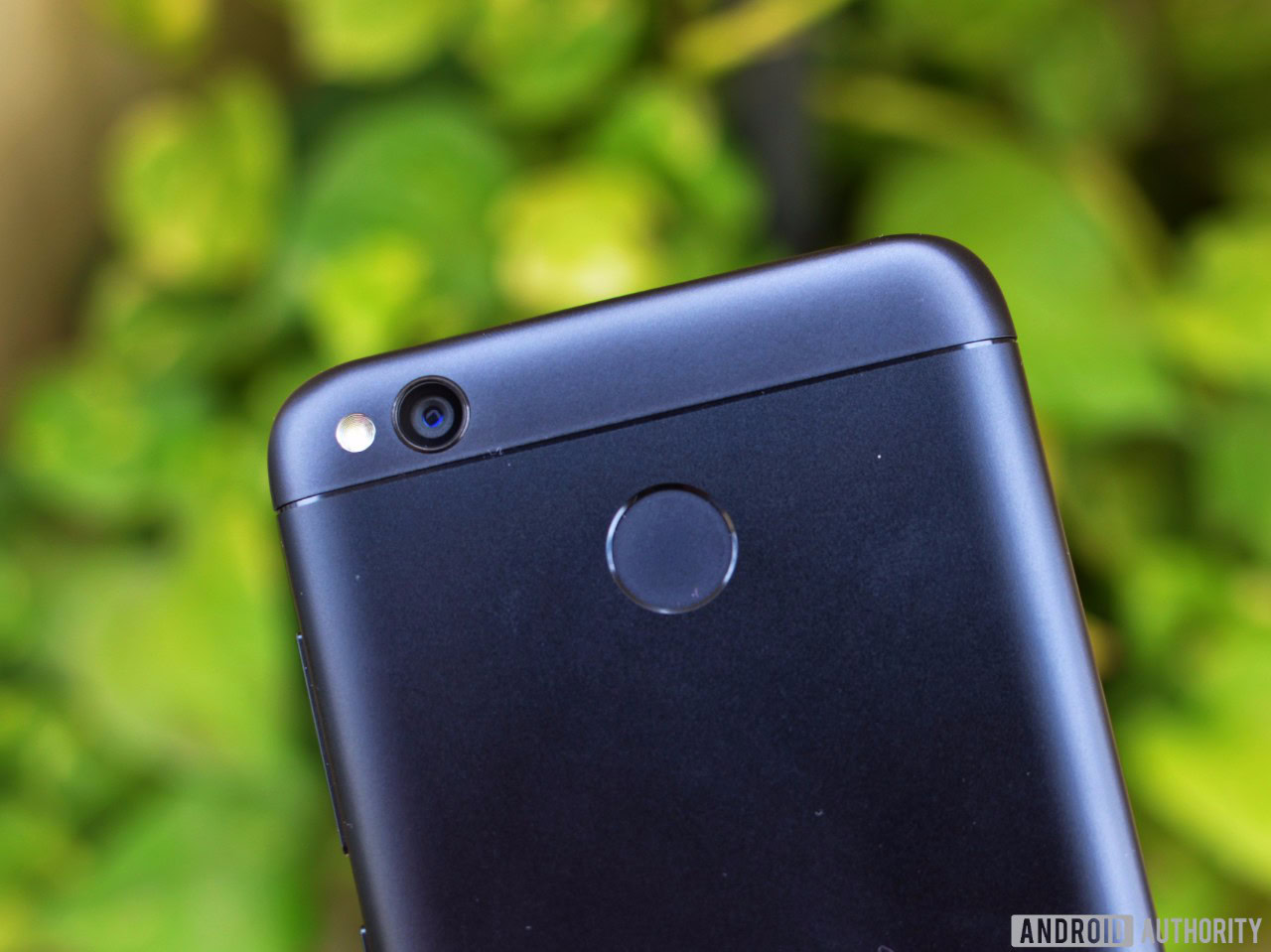
Xiaomi Redmi 4 packs a 13MP rear camera with LED flash that can manage some great shots with good color reproduction and sharpness.
Outdoors in daylight, the phone really surprises with details it manages to capture and overall clarity. Even the macro shots and close-up portraits turn out to be great. The PDAF works quite well and the camera focuses on subjects in a snap.
In low light, the camera manages to click some decent shots, but there’s a lot of noise in the pictures. Even indoors, the photos take a hit and are average at best. But this is a budget smartphone we’re talking about and it does better than what most in this segment manage to achieve.
Xiaomi deserves credit for its impressive camera algorithms that makes the Redmi 4 a fast and dependable shooter.
The 5-megapixel front-facing camera manages decent selfies that are good enough for social sharing. There’s nothing special there, although most would not expect that anyway.
Software
The Redmi 4 runs MIUI 8 on top of Android 6.0.1 Marshmallow. MIUI is Xiaomi’s proprietary customization layer on top of Android. It is heavily skinned, and a totally different UI altogether than stock Android.
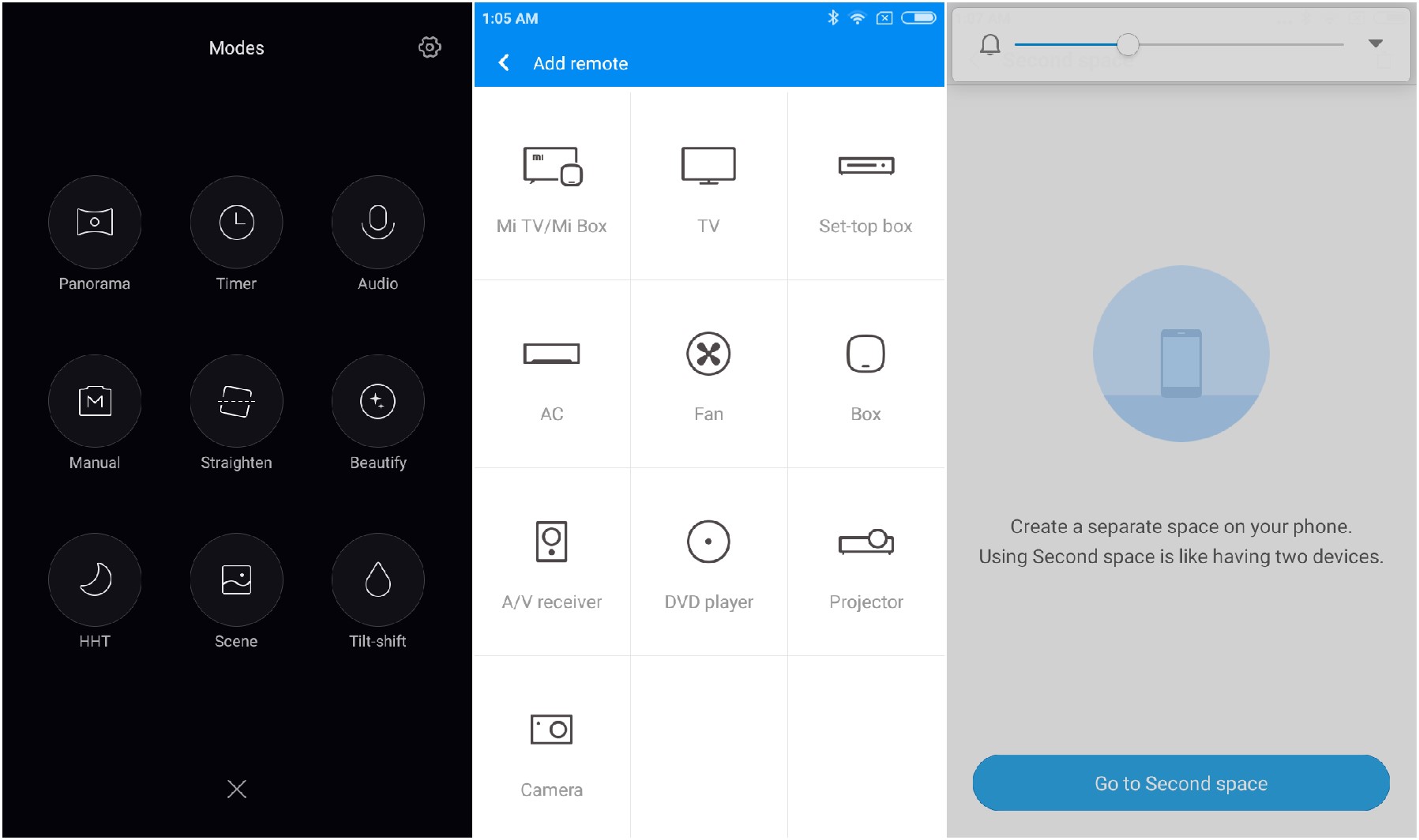
My biggest grouse with this phone is that it runs Android Marshmallow in the second quarter of 2017. Xiaomi does offer a beta version of Android 7.0 Nougat for users interested in testing the same, and expectedly it would be released to the general public soon enough.
Thankfully though, MIUI 8 is one of the better Android skins out there and has a lot of fans. There’s evident attention to detail and unlike most skins from Chinese players, the user experience is polished and quite cohesive.
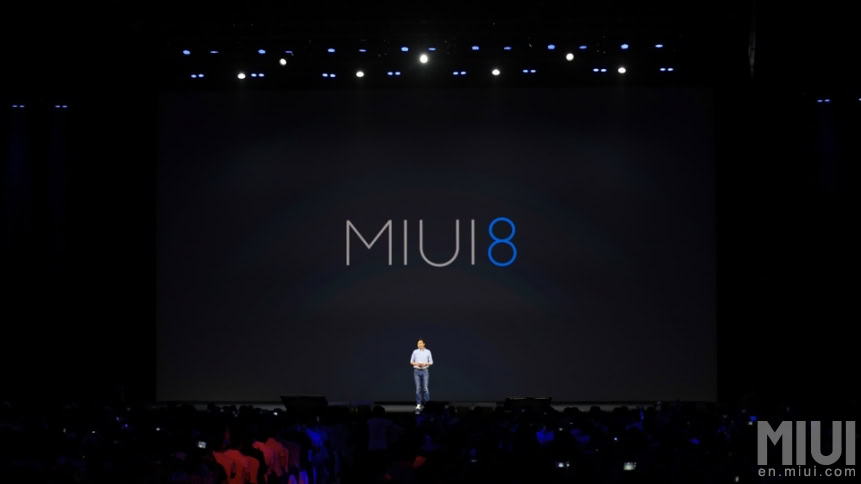
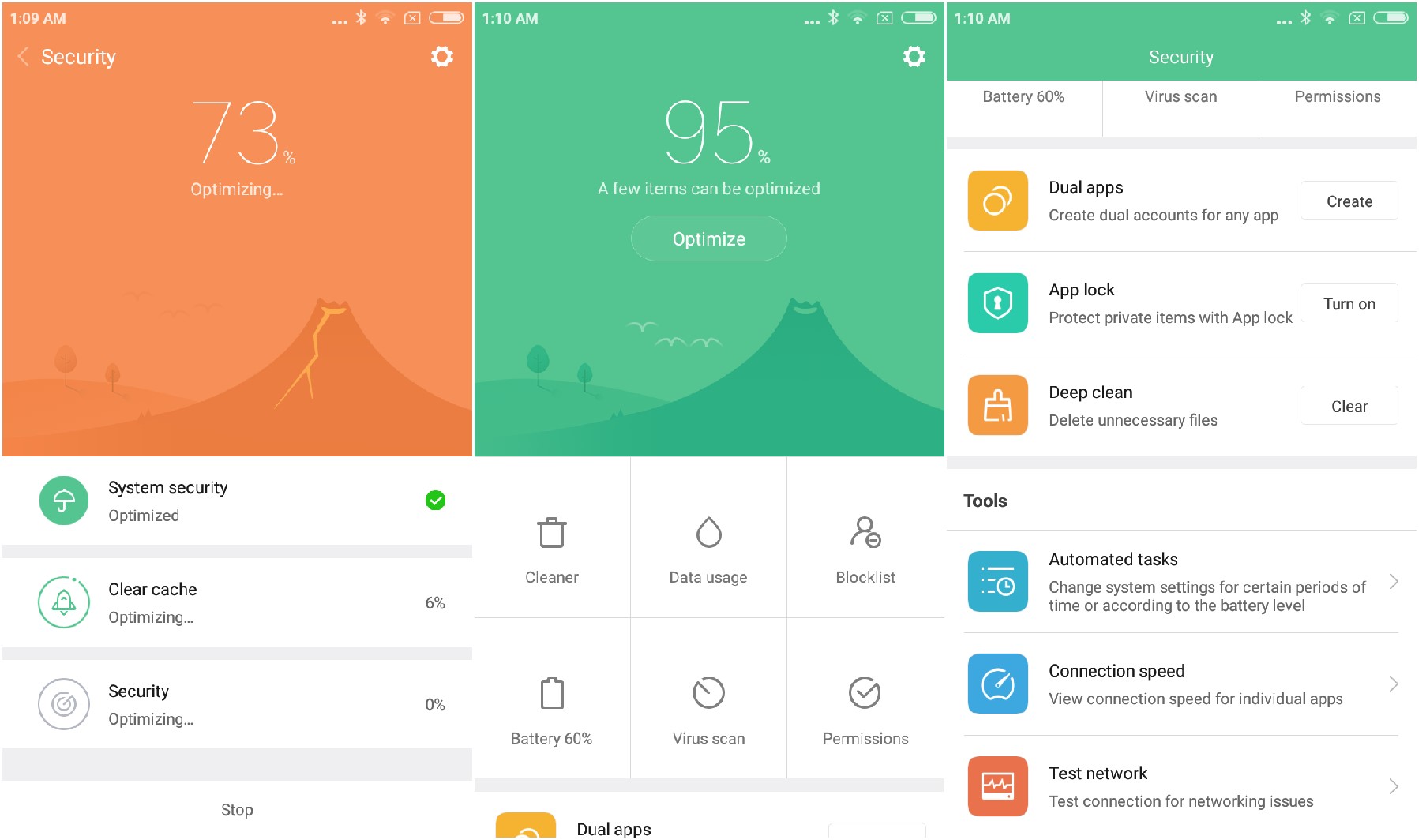
MIUI packs in several useful apps like FM radio, recorder, compass, torch, and more. There’s also a security app which bundles a lot of utilities for maintenance and optimization of the software.
If you’ve used a Xiaomi phone in the past, MIUI is a comfortable territory for you. However, if this is your first one, getting comfortable with MIUI is not much of a task. It is an intuitive interface packed with nifty little features everywhere.
Specifications
| Operating System | MIUI 8 based on Android 6.0 Marshmallow |
|---|---|
Display | 5-inch HD(1280 x 720) 2.5D curved glass display 450nit brightness |
Processor | 1.4GHz Octa-Core Qualcomm Snapdragon 435 Adreno 505 GPU |
RAM | 2/3/4 GB |
Internal Storage | 16/32/64 GB Expandable up to 128 GB with microSD card |
Rear Camera | 13 MP with LED flash f/2.0 aperture 5P lens Phase-detection Auto-focus (PDAF) |
Front Camera | 5 MP f/2.2 aperture |
Battery | 4,100 mAh |
Dimensions | 139.24 x 69.96 x 8.65 mm |
Weight | 150 grams |
Gallery
Pricing and final thoughts

The Redmi 4 is definitely the new benchmark for other budget smartphones to match up to.
Starting at ₹6,999 ($108) for the base variant, the Redmi 4 ticks all the right boxes and there is hardly anything to complain. It’s a great package with solid chassis, Qualcomm’s newer chipset, decent camera, and great battery life. The only shortcoming of the device is lack of Android Nougat out of the box.
If you can up your budget, the middle variant at ₹8,999 ($139) is the best pick of the three since it offers just the right balance of performance and price. The top spec’d variant at ₹10,999 ($170) is of course great too, but you can also look at other options in the market at that price or go for it only if you need all that storage.
In all likelihood, Xiaomi’s got another winner on its hands in terms of sales. If you’re planning to pick up a budget smartphone right now, it’s hard to look further than Redmi 4. At this stage, one can safely say that it’s hard to go wrong with a Xiaomi.